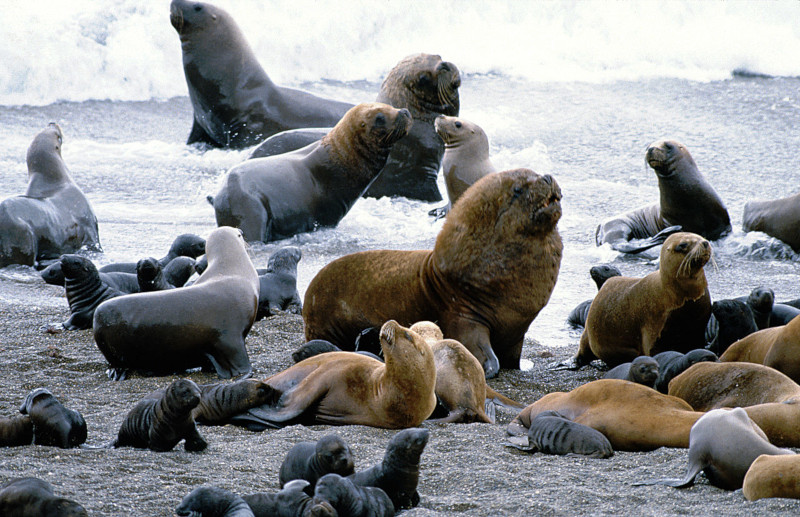
South American Sea Lion Facts
- The term of South American Sea Lion serves as one of the common names of a particularly impressive variety of pinniped. This daunting physical specimen also goes by several other, equally interesting, if less informative, alternate common names.
- Quite distinctively, these include such names as Patagonian Sea Lion, Southern Sea Lion, and the lobo marino. But, among researchers, the truly remarkable animal goes by the reasonably pronounceable scientific name of the Otaria flavescens.
- Yet, regardless of which of these many terms one uses to refer to it, one fact stands out. That’s the fact that, sheer size notwithstanding, this specific species remains one of the most impressive of all of the six known forms of sea lion. That’s a true claim to fame.
- Quite fortunately, though, at least for the moment, the South American Sea Lion appears to be maintaining a sizable and relatively stable population base. This pleasant, if unexpected, situation also holds true throughout the entirety of its natural range.
- The IUCN, therefore, presently lists it as Least Concern on its Red List of Threatened Species. The impressive creature nonetheless must be considered to be facing at least some risk. Among these, its greatest threat likely consists of climate change.
Related Articles
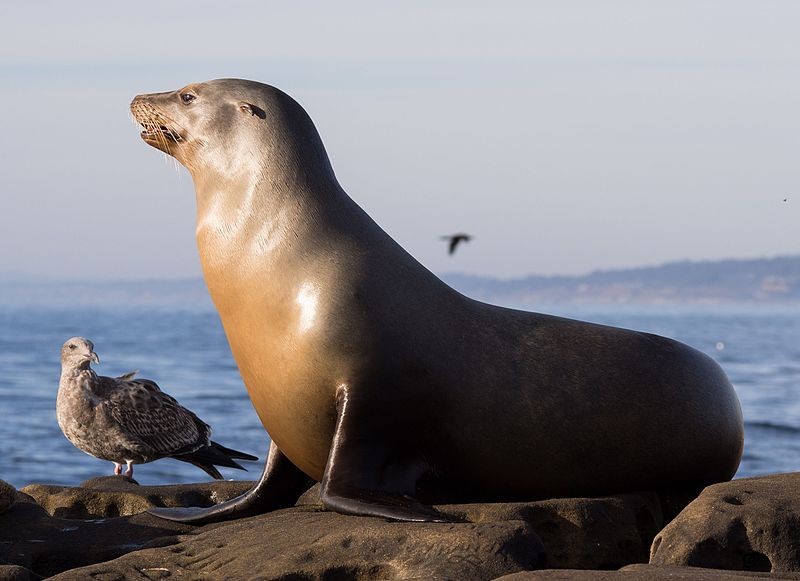
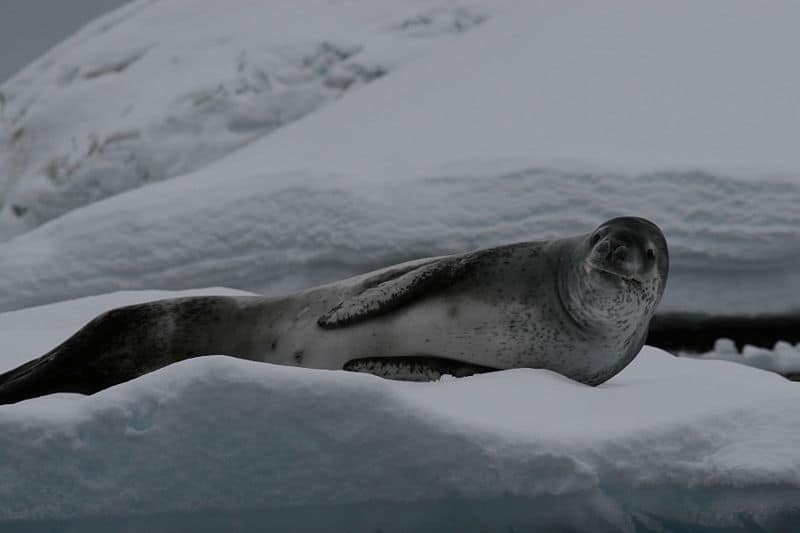
Leopard Seal

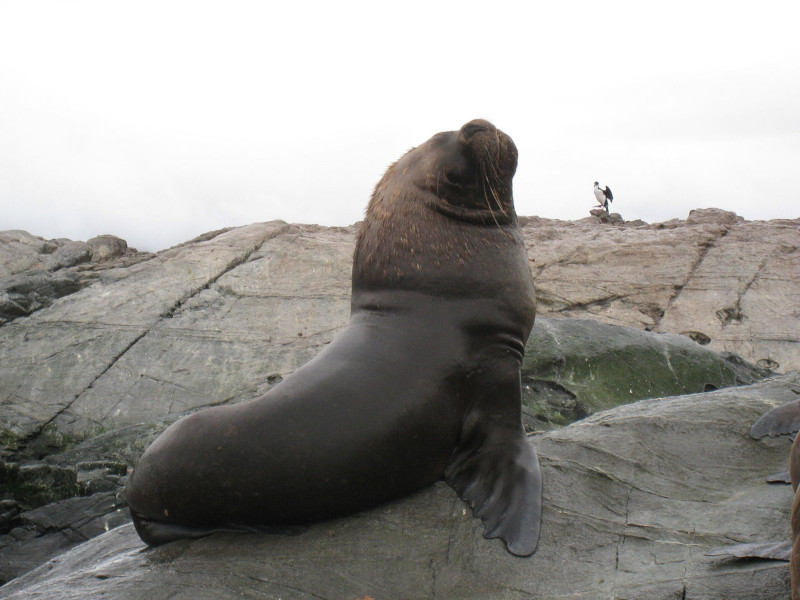
South American Sea Lion Physical Description
It bears mentioning that the truly magnificent South American Sea Lion impresses for reasons other than sheer physical size. That holds true due to the fact that, although a large animal, it actually only ranks as a roughly average-sized species of sea lion.
But, the fascinating creature makes its mark mainly due to several other factors. Firstly, this magnificent example of the power of evolution displays a much more significant degree of the physiological trait of sexual dimorphism than many related species.
For one thing, females of the remarkable species typically attain an average length of roughly 7 ft (2.1 m). These further weigh about 330 lb (150 kg). Meanwhile, males reach an average length of about 9 ft (2.73 m), and most typically mass around 770 lb (349 kg).
Secondly, in addition to be significantly heavier and slightly longer, males of this particular species stand out for yet another reason. This holds true partly due to the fact that males generally develop a much larger head than their female counterparts.
The great majority of males also have one more claim to fame. These generally possess the most highly developed mane of any of the known sea lions. Otherwise, though, mature adults of both genders typically display the same physical appearance.
Quite interestingly, colors vary significantly between individuals, regardless of gender. The colors themselves, though, consist of either a dark orange, or a brown. Finally, both sexes of the amazing South American Sea Lion develop a sharply upturned snout.
- Kingdom: Animalia
- Phylum: Chordata
- Class: Mammalia
- Order: Carnivora
- Family: Otariidae
- Genus: Otaria
- Species: O. flavescens
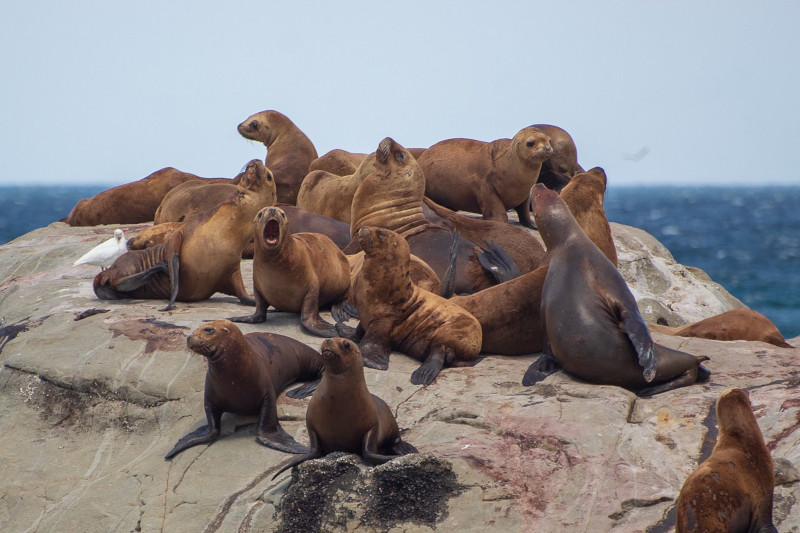
South American Sea Lion Distribution, Habitat, and Ecology
Not at all surprisingly, the very name itself of the truly awesome South American Sea Lion provides an obvious clue to its native range. That’s because, as the common name implies, the huge mammal evolved as native to a portion of the continent of South America.
But, this includes only a small portion of the region. More precisely, this work of Nature evolved as endemic to the waters off of a total of six countries. This range covers the countries of Ecuador, Peru, Argentina, Uruguay, the Falkland Islands, and southern Brazil.
Even within this limited range, however, the beautiful creature only appears in very specific, and often quite isolated areas. This holds true because the gorgeous South American Sea Lion only inhabits a very narrow zone within the region.
In point of fact, the animal rarely strays far from the shore, relatively speaking. In these areas, it tends to group together in large herds, on rocky outcroppings. The amazing creature also conducts mating practices and nesting practices in the same general region.
The beautiful but powerful animal also evolved as a fully predatory carnivore. In this manner, it possesses the same habits and patterns as its relatives. It also possesses a moderately broad diet, but shows a strong preference for a variety of fish.
Individuals nevertheless also consume other species as well, though usually opportunistically. This other prey mainly includes small cephalopods, such as squids and octopuses. On occasion, though, it has even been seen feeding on penguins and pelicans.
Species Sharing Its Range
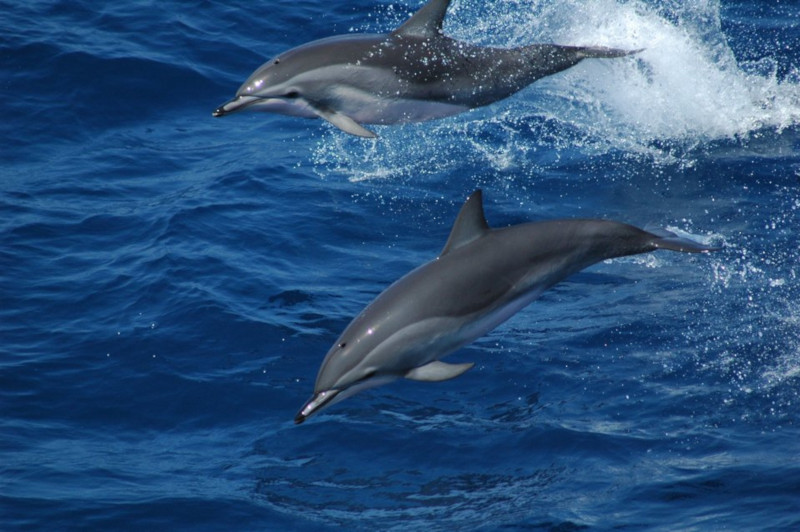
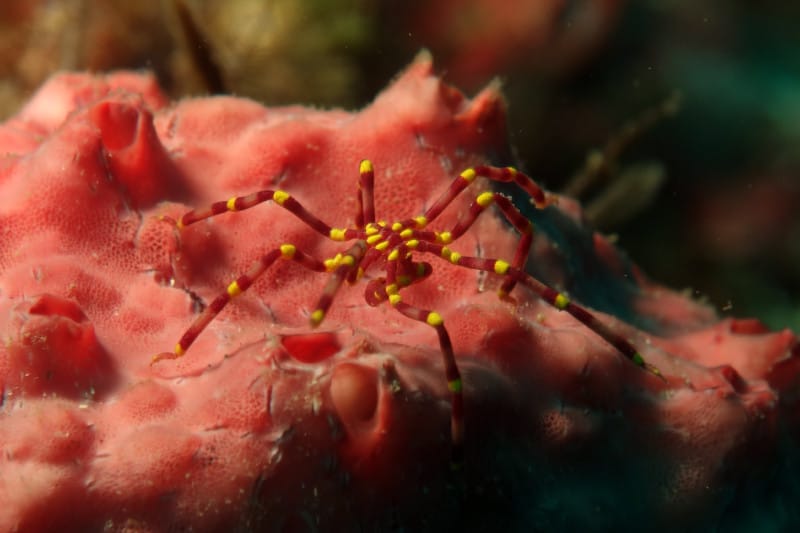
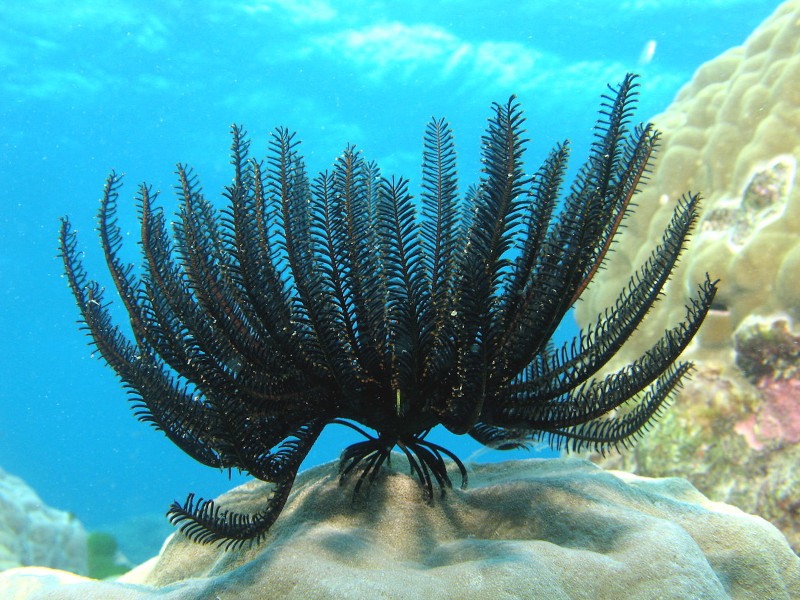
Check out our other articles on 5 Sublime North American Trees, Guinan cock-of-the-rock, Bay of Islands, Darwin’s Orchid, Kimberly death adder, Laotian Giant Flying Squirrel, Executioner Wasp









Leave a Reply